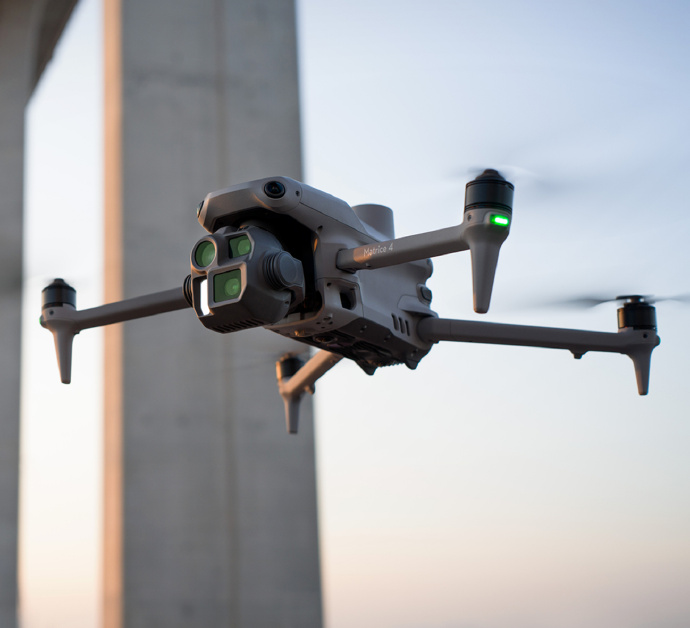In the exhilarating world of unmanned aerial vehicles, racing drones stand out as a thrilling pursuit for enthusiasts and professionals alike. These high-speed machines zoom through obstacle-filled courses, delivering adrenaline-pumping experiences that captivate audiences worldwide. With advanced technological enhancements, racing drones have transcended beyond traditional usage, establishing themselves as competitive devices in various racing leagues.
The Fascination with Racing Drones
When discussing racing drones, we delve into a universe where speed meets precision. These drones are meticulously designed to accommodate high-speed flights while maintaining stability and control. Unlike recreational drones, racing drones emphasize agility and rapid maneuverability made possible through cutting-edge materials and engineering.
Components That Make Racing Drones Exceptional
- Lightweight Frame: Essential for achieving maximum speed.
- Powerful Motors: Enable swift acceleration.
- Reliable Propellers: Crafted for optimized air propulsion.
- Advanced Cameras: Facilitate live aerial footage and navigation.
The competitive scene has evolved dramatically, promoting diverse tournaments that attract participants who aspire to showcase their piloting skills. High-speed racing drones thus offer not just a pastime but a platform for social interaction and competitive excellence.
Mastering the Art of Drone Racing
While these drones promise high-speed action, mastering them demands practice, patience, and precision. Pilots must familiarize themselves with various modes such as Acro Mode, which eliminates autopilot assistance, challenging the pilot to maintain control at all times. Acquiring proficiency in this area is often seen as a badge of honor among racers.
Understanding flight dynamics is pivotal. The relationship between thrust, weight, drag, and lift defines a drone’s performance.
The tools necessary for perfecting skills in racing drones include:
- Simulators: Ideal for honing skills in a virtual yet realistic environment.
- Real-time FPV (First Person View) goggles: Offering immersive visual experiences from a drone’s perspective.
- GYRO and Accelerometer features: Enhance stability during rapid maneuvers.

Technological Advances in Racing Drones
The relentless advancement in technology ensures racing drones continue to evolve. Powered by sophisticated hardware and software, today’s drones offer features such as GPS positioning, obstacle detection, and beautifully streamlined designs that minimize air resistance adapting to high-speed conditions.
Moreover, there is a developing interest in integrating artificial intelligence into racing drones to enhance autopilot navigation and avoid collisions dynamically.
Choosing the Right Racing Drone
For beginners eager to indulge in this electrifying experience, selecting the appropriate drone is crucial. They would benefit from considering factors like flight time, ease of control, and robustness. Drone kits designed for customization allow newcomers to adapt their equipment according to racing requirements.
Future of Racing Drones
The future shines bright for racing drones with expected developments such as improved battery life, refined aerodynamics, and enhanced digital interactivity. Racing events, streamed globally, promise exciting prospects both for participants and spectators alike, transforming what was once a niche hobby into a mainstream sports attraction.
Frequently Asked Questions
A racing drone is a UAV designed primarily for speed and agility, allowing it to compete effectively in drone racing events.

To start racing, begin with a racing drone kit, practice using simulators, and join local racing communities to learn advanced techniques.
Yes, integrating AI can improve real-time obstacle avoidance, enhance autopilot capabilities, and optimize flight efficiency.